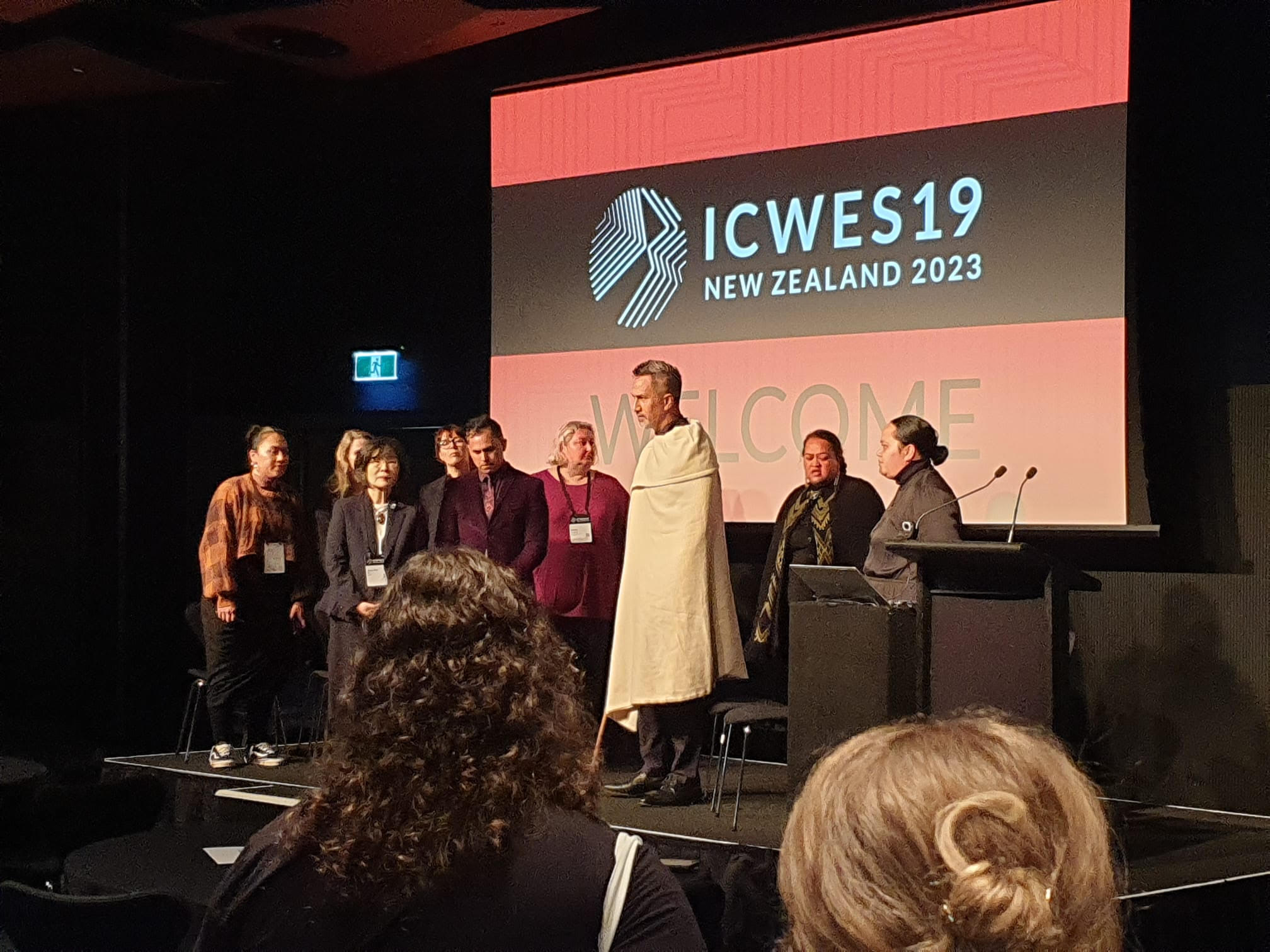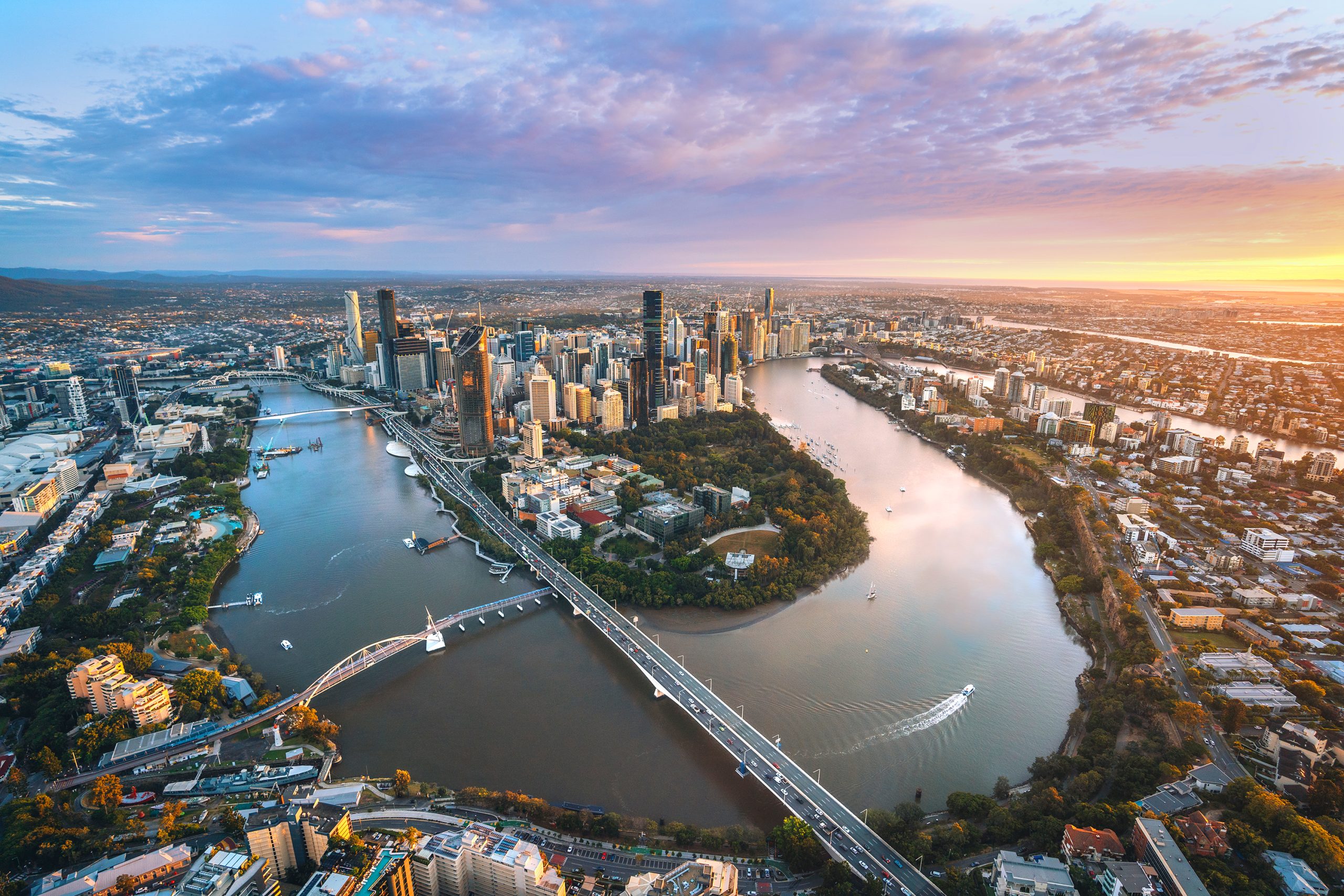Among the many Thai destinations vying to be considered as an alternative option to Bangkok for the hosting of business events, Koh Samui is poised to break away from the pack by carving an identity uniquely its own.
“We want to develop the island as a showcase luxury MICE destination,” says Puripan Bunnag, acting director, meetings and incentives department at the Thailand Convention and Exhibition Bureau (TCEB). “We want to remain as a green destination so we do not want the island to go mass market. However, luxury in Samui is not about price. It is about superb service.”
Situated in the Gulf of Thailand in the southern province of Surat Thani, Koh Samui is the third largest island in the country with a total area of 247sqkm. It began earning its stripes as a destination when its airport, privately owned and operated by Bangkok Airways, opened in 1989. With air access, local and foreign visitors started arriving in increasing numbers. Moreover, improved connections with other parts of the country put Samui in contention for a slot in the multi-destination programme of companies organising events in Thailand. Its profile as an events destination has been raised further since Bangkok Airways started offering international direct flights to the island from Hong Kong and Singapore, and the airline is eyeing more direct flights, particularly from China.

If proof is needed for Samui’s growing allure as a destination, the opening of 20 new hotels last year (with a few more in the pipeline) is already an indication of something major afoot.
In March, TCEB organised a familiarisation trip, taking a small group of events specialists from Hong Kong to experience a four-day “Luxury MICE” programme aimed at showing the finest that Koh Samui has to offer for high-end incentives.
Koh Samui Airport stands apart from your standard air terminal for its use of wood and other native materials. Described as a “boutique airport” for its tasteful interiors, the building is designed to blend seamlessly with its surroundings, and thus, incoming visitors immediately feel the local vibe upon touching down. A VIP meet-and-greet at the airport was capped with a round of chilled Champagne Delamotte Brut before we were whisked off to our hotel at the conveniently accessible Anantara Lawana Resort and Spa on Chaweng Beach, a major tourist spot.
The resort welcomed the group with an intimate outdoor reception, with cocktails and canapés set up on the sundeck of its 300sqm Royal Lawana Pool Villa, situated above the beach. A live saxophone act was playing in the background. There was also a local fire dance perfomance, which gave us a glimpse of traditional entertainment.
At around 11pm, the group went for a Chaweng Night Market walkabout. It was perfect timing as the place is at its liveliest on late Friday evening as the weekend kicks in. Chaweng Market teemed with activity, from shops touting their wares to street food vendors competing with the restaurants for patrons, and bars blaring out their musical entertainment. Thankfully, it was not as crowded as similar venues in Bangkok or Phuket.
Past midnight, we walked towards Chaweng Beach and indulged in the popular local chill-out experience. We got a table at one of the beachfront restaurants and enjoyed a round of drinks under the moonlight with seawater lapping at our feet.
After breakfast, the group was split into three – one headed for the golf course; the second went sightseeing, which included a visit to the Big Buddha in Bophut and the Monkey Theatre in a coconut plantation where visitors can drink coconut water from fruit fresh off the tree, and the iconic “Grandfather” and “Grandmother” rock formations on Lamai Beach, with local shops on the strip leading to the beach. The third group was driven for a relaxing 1.5-hour spa treatment at the Tamarind Spring Village, known for its herbal steam caves and rock forest pools. After the treatment, members of this group went sightseeing, while the second group had its turn to de-stress at the spa.

An Italian lunch at Full Moon in Anantara Bophut, was followed by a free and easy afternoon indulging in a passion shared universally by Asians – shopping. It is worthy to note that Samui’s local mall does not house high-end stores that the targetted groups from China are wont to visit during outbound incentives.
For dinner, we were driven to the Four Seasons Resort. Our party was ushered into an exclusive area by the beach for cocktails where we were also asked to launch our own khom loi (sky lantern) into the night sky. Afterwards, three guest buggies took the group up to the residences for special in-villa dining, with a menu highlighting freshly grilled seafood – rock lobster, tiger prawns, calamari and sea bass – as well as sirloin steak and chicken kebabs.
The next day was spent on a half-day catamaran trip around nearby islands. Back on land, we headed out to try the famous Sunday buffet brunch at Beach Republic on Lamai Beach. We spent the rest of the afternoon and our last night experiencing the W hospitality, which has brought its contemporary and design-led concept to the island.

Events insiders are first to agree that Koh Samui, by and large, is an incentive destination. On the whole, it has escaped rampant commercialisation and very much retained its alluring country air. The challenge now is how to keep it that way and still attract premium corporate groups to the island.
Fast Facts:
Contact: Thailand Convention and Exhibition Bureau
Tel: +66 2 694 6000
Email: puripan_b@tceb.or.th
Website: www.tceb.or.th


